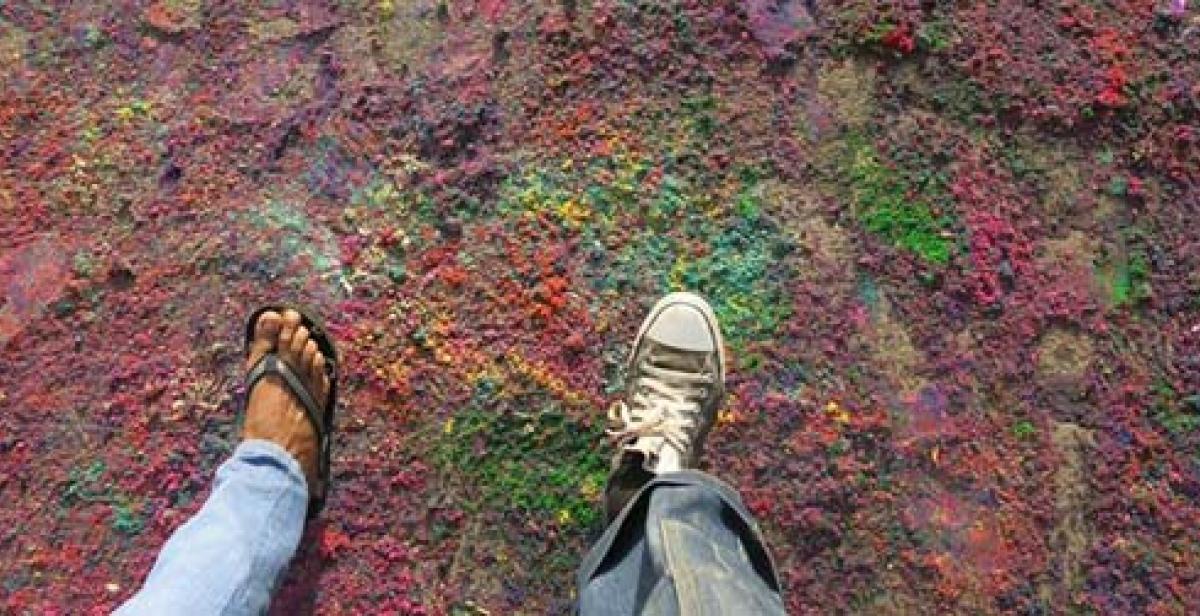On a hot Wednesday afternoon my host mother in Nicaragua, Ruth, took me to meet a group of street children with whom she used to work with, through an organisation called La Escuela Movil. They all have one main thing in common: their addiction to glue sniffing.
It is not difficult to see that substance abuse adversely affects the community of Masaya. Alcoholism is a particular problem in rural communities such as Nandayuri, where the ICS team conducted some of our surveys.
However, my short encounter with these six young males sticks in my mind more than any other as I had never before seen fresh young faces heavily under the influence of such a toxic substance. The glue is called Resistol and is typically used for shoe repairs. Its harmful constituent is toluene, a substance that is severely restricted in the US and yet is still imported into Latin America, despite its widely known effects of brain damage, paralysis, kidney and liver failure, and, eventually, death.
“They can’t be for more than two hours without the glue”, Ruth told me as we approached the group, who were sitting on a street curb between the old station and St Jeronimo Park where they purchase their supplies. Clutching bottles under their t-shirts, with spares tucked into the waists of their jeans, their eyes met mine with curiosity. I was surprised at how talkative and alert they seemed, despite being obviously inebriated. The natural way the boys incorporated the bottles of the drug into their body language and conversation suggested that they were all probably long- term users.
Politely the boys hugged and greeted us and excitedly asked Ruth when she could take them on another trip out of Masaya, whilst one boy enjoyed studying the fingers on my right hand. Although the authorities in Masaya are more than aware of the issue with young glue-sniffing street children, lack of initiative for change and allegedly secret agreements between dealers and police ensure the cycle of supply and demand remains unbroken.
The six young males I met represent only a small percentage of the glue-sniffing street children (or ‘huele-pegas’) that wander the streets of Masaya day and night. It seems that some manage to work in the day selling reed sculptures to tourists or shining shoes, but most seem to rely on begging and stealing to stay alive.
Ruth said, “When they start an activity, like drawing, they are all often very focused and interested, but some days when they have had a lot of glue, they don’t want to do anything at all”. The boys I met ranged in age from 10-16, and yet all displayed a maturity well beyond their age. Often forced to grow up quickly, they can’t resist the escapism that the hunger-suppressing glue provides from the neglect and pain they face. Substance abuse is just a small component in the much greater vicious cycle in which these children are trapped, that for some may begin with poverty, familial instability, abandonment, abuse, or a combination of factors.
In order to prevent a ‘lost generation’ of children here in Masaya, an increase in awareness and prevention programmes is necessary from either the government or NGOs. It is an issue I hope the future Progressio ICS cycles can try and tackle. Without the right help, we can only imagine how many more young children will be lost to drug abuse and crime in the future in Masaya and indeed in other parts of Nicaragua and Central America.
Written by ICS volunteer Fae Krakowska



